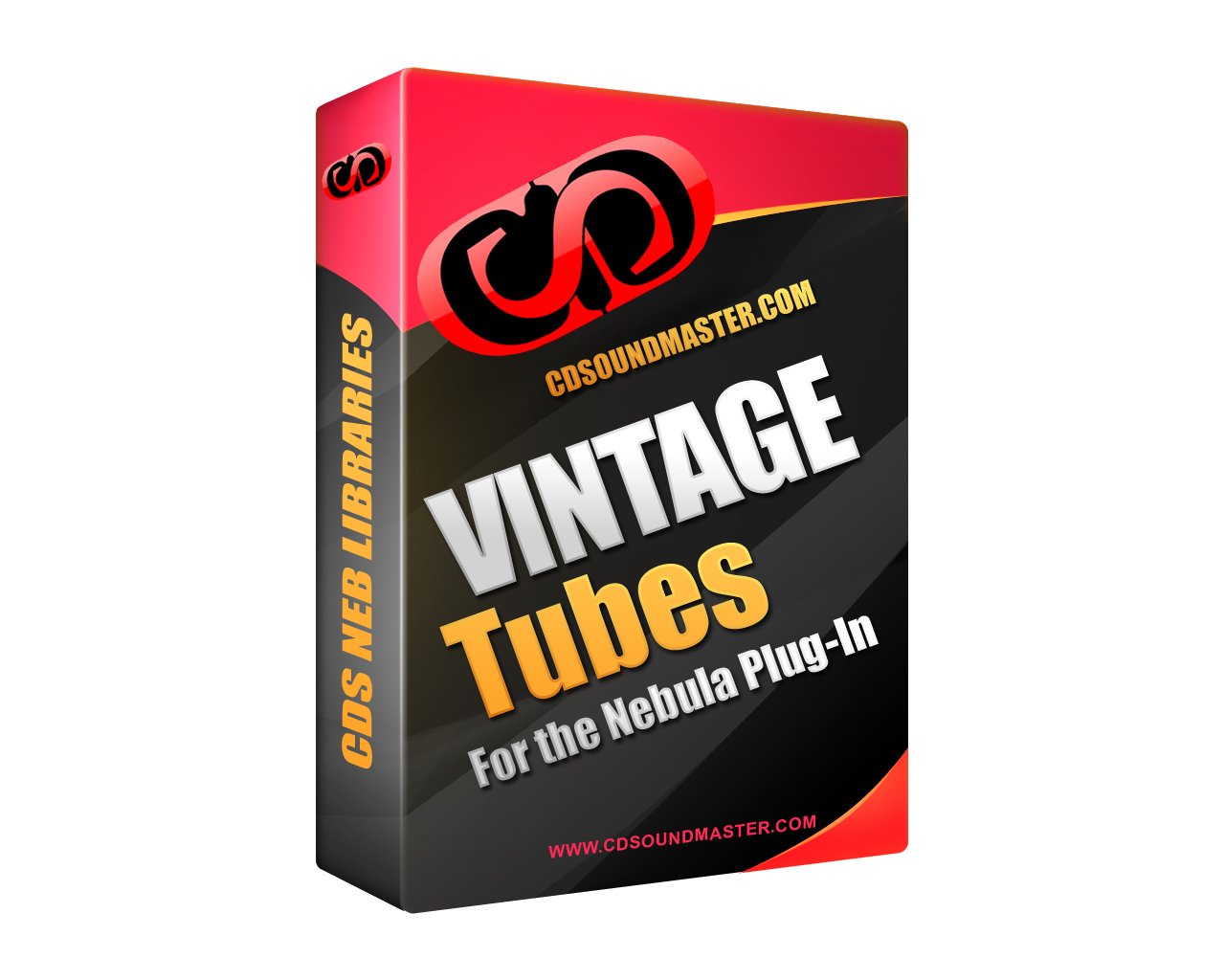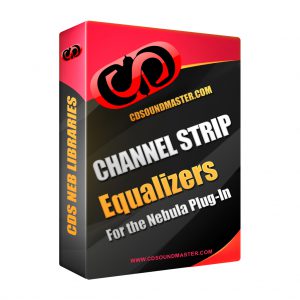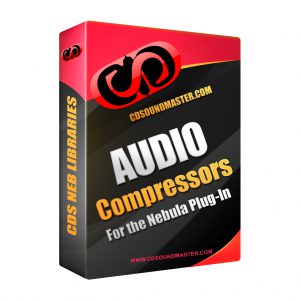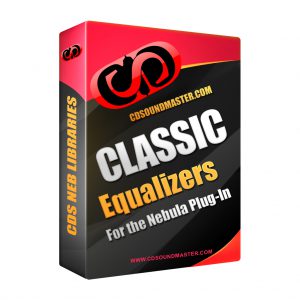Tube Booster For Nebula Pro
$39.00
The “Tube Booster” provides authentic, dynamic vacuum tube response for your individual instruments, bus groups, and even full mixes for use in Nebula Pro!
The “Tube Booster” provides authentic, dynamic vacuum tube response for your individual instruments, bus groups, and even full mixes for use in Nebula Pro!
Note: You must be a registered commercial Nebula customer to use this Nebula Pro Library Collection. If you are not a registered Nebula user, go to http://www.acustica-audio.com. Then, buy the full version of Nebula to use my libraries! To learn about Nebula, click here!
*Get $10 off when purchasing any of our other software collections.
Email us for your discount: MAngelarts@aol.com
Please read the manual for full details.
Tube Booster has been created to provide the authentic sound of a valve line driver, or level amplification stage. It is a dynamic program with a complex process for adding a special harmonic saturation with little side effects to the frequency spectrum. It has been created to have equal effect at multiple sample rates and has been pre-edited for Low, Medium, and High amounts of signal drive. Tube Booster can be used at lower levels than the programs for more subtle effects. This can be useful on its own and in combination with VTC programs and consoles, tape machines, and anywhere that the user wishes to impart the vacuum tube harmonic characteristics to their signal chain. It can be added to your rendering chain, used on its own, and used in multiple instances.
Typically, Tube Booster will be used in the same scenarios that an audible boost in signal is desired. For example, instead of compressing a weak bass track, adding the extra energy of a tube stage pushed into gentle or even heavy ‘drive’ or saturation, can bring more attitude and ‘glue’ to the recorded performance without making things sound artificial or unnatural. Thoughtful use of Tube Booster on complete mixes and bus groups can add fullness rich overtones to complex groups of musical content, increasing the average level without harming transients.
The harmonic distortion in tube devices vary from one design to another, and from one tube make to another, but there are certain similarities that can be assumed about the high-end analog tube hardware that defines it in a unique way from other types of harmonic content, like tape for instance. Tubes tend to have a different scaling of harmonics, especially beyond the second order. Some similarities to tape are present, but typically tubes tend to round out sound for a higher gain before the harmonics become more overt, and the ‘driven’ signal tends to sound ‘fuzzy’ and ‘larger’ as the signal is driven harder, where tape tends to be more overt when going into overdrive, and has a more ‘distorting’ character when driven hard, where tubes can be described as a rounder ‘overdrive’ when pushed hard. This quality is very true to life in Tube Booster for Nebula Pro. When high levels of tube drive are used with more percussive, impactful, wide dynamics, or fast transients, they typically contain a signature fast punchy attack on the first response of the transient. Where tape tends to sound ‘driven’ at this stage, tubes tend to sound like a fast hard attack, while still rounding out the overall signal.
Tube Booster contains just 3 programs: Low, Medium, and High. These are designed to be used up to two serial instances, and depending on the material, as much as 3-5 instances. The best results come from the use of signals that contain a peak of -5dB or less. The “Low” setting can be used for louder material, or for rendering chains, the user can use very low RMS or Peak levels for any combination of instances. For the most noticeable amount of high gain drive, the “High” setting can be used with -5dB peak for most audio. It is the most effective when used early in the chain, before a great amount of processing has already taken place, and is effective with Nebula chains.




